LATVIJA.FM
Stāmeriena Palace: Where Italian Literature Met Baltic Grandeur
Nestled deep in Latvia’s scenic Gulbene region, Stāmeriena Palace is more than a masterpiece of neo-renaissance and art nouveau architecture—it is a cultural bridge connecting Latvian aristocracy with the intellectual vibrancy of Europe. Known as the residence where Italian author Giuseppe Tomasi di Lampedusa, famed for his novel The Leopard, spent time following his marriage to the Latvian noblewoman Alexandra von Wolff-Stomersee, the palace became a meeting point for artists, philosophers, and literary minds. Its story weaves together love, art, and the enduring grandeur of Baltic nobility.
A Jewel of the Latvian Countryside
Stāmeriena Palace, set against rolling forests and glistening lakes, stands as one of Latvia’s most romantic estates. Originally constructed in the 19th century by the von Wolff family, one of the most influential Baltic-German noble dynasties, it reflected the wealth and aspirations of its owners. Over the decades, the palace underwent several architectural transformations, most notably its reconstruction in neo-renaissance style following a devastating fire in 1905. The elegant façade, delicate ornamentation, and grand interiors mirrored European tastes of the era while retaining a distinctly Baltic character. Surrounded by manicured gardens and a sprawling estate, the palace became a center of cultural life in Vidzeme, attracting aristocrats and artists alike. Its serene location belied the lively conversations and artistic pursuits that would later shape its reputation as a hub of international connections.
The Von Wolff Family and Their European Ties
The von Wolffs were central figures in the social and intellectual landscape of Latvia’s aristocracy. Their wealth derived from extensive landholdings and industrial enterprises, but their influence extended far beyond economics. The family maintained close ties with European noble and artistic circles, often hosting foreign visitors and fostering cultural exchange. These relationships culminated in the marriage of Alexandra von Wolff-Stomersee, a cosmopolitan figure fluent in multiple languages, to the Italian writer Giuseppe Tomasi di Lampedusa. Their union symbolized a merging of Baltic and Mediterranean worlds, turning Stāmeriena into a gathering place for European thinkers. Through Alexandra’s connections, the palace became a venue where philosophical discussions, literary ambitions, and artistic experimentation thrived, cementing its reputation as more than just an aristocratic residence—it was a cultural crossroads of continental Europe.
Giuseppe Tomasi di Lampedusa’s Time in Stāmeriena
Lampedusa, best known for his posthumously published masterpiece The Leopard, found in Stāmeriena a unique retreat that blended Old World elegance with Baltic tranquility. Married to Alexandra von Wolff-Stomersee in 1932, he visited the palace several times, immersing himself in its lush surroundings and absorbing the intellectual energy of its gatherings. While his stays in Latvia were brief compared to his life in Sicily, they left a lasting impression. Scholars note that the palatial settings and nuanced portrayal of European nobility in The Leopard may have been influenced by his experiences at Stāmeriena. Here, Lampedusa engaged with philosophers, musicians, and fellow writers, finding in the Latvian countryside a perspective that enriched his understanding of the fading aristocratic world. The palace thus occupies a quiet yet profound place in the broader narrative of European literature.
A Hub for Artistic and Intellectual Exchange
Stāmeriena Palace was not solely defined by its connection to Lampedusa. It was a magnet for intellectuals, composers, and academics from across Europe, largely thanks to Alexandra von Wolff-Stomersee’s reputation as a pioneering psychoanalyst and cultural mediator. She often hosted vibrant salons where ideas flowed as freely as the fine wines served in the palace’s dining halls. These gatherings linked the Latvian estate to wider European artistic movements, nurturing dialogue on subjects ranging from modernism in literature to psychoanalytic theory. This environment positioned Stāmeriena as a rare Baltic enclave where contemporary European thought converged. Its remote location added to its mystique, making it a place where creative minds could step away from urban distractions and engage deeply with their craft and one another.
The Palace Today: Restored Grandeur and Living History
Following years of neglect during the Soviet era, Stāmeriena Palace has undergone significant restoration, reviving its former splendor for a new generation. Visitors can now walk through its ornate halls, admire its expansive parklands, and discover exhibitions that celebrate both its architectural heritage and cultural legacy. Events, concerts, and literary evenings continue to honor its history as a site of artistic exchange. For those intrigued by the intersection of Baltic and Mediterranean cultures, the palace stands as a testament to the enduring impact of its storied past. Whether one comes to appreciate the craftsmanship of its neo-renaissance interiors, to follow in the footsteps of Lampedusa, or simply to experience the tranquility of Latvia’s countryside, Stāmeriena remains a place where history and beauty converge.
A Living Symbol of Cultural Connection
Stāmeriena Palace encapsulates a pivotal moment in Latvia’s history, when its aristocracy was deeply intertwined with the broader European intellectual landscape. Its story, enriched by figures like Alexandra von Wolff-Stomersee and Giuseppe Tomasi di Lampedusa, reveals how a single estate could become a nexus for ideas and artistic expression. Today, as Latvia continues to celebrate its cultural heritage, Stāmeriena serves as both a reminder of the nation’s cosmopolitan roots and an inspiration for the future. The palace’s grandeur and legacy endure not only in its architecture but in the narratives it carries—narratives that bridge nations, generations, and artistic traditions.
Cover image: Stāmerienas muižas pils, 25 June 2021, by Tim Sin. Available under the Creative Commons Attribution-Share Alike 4.0 International license.
